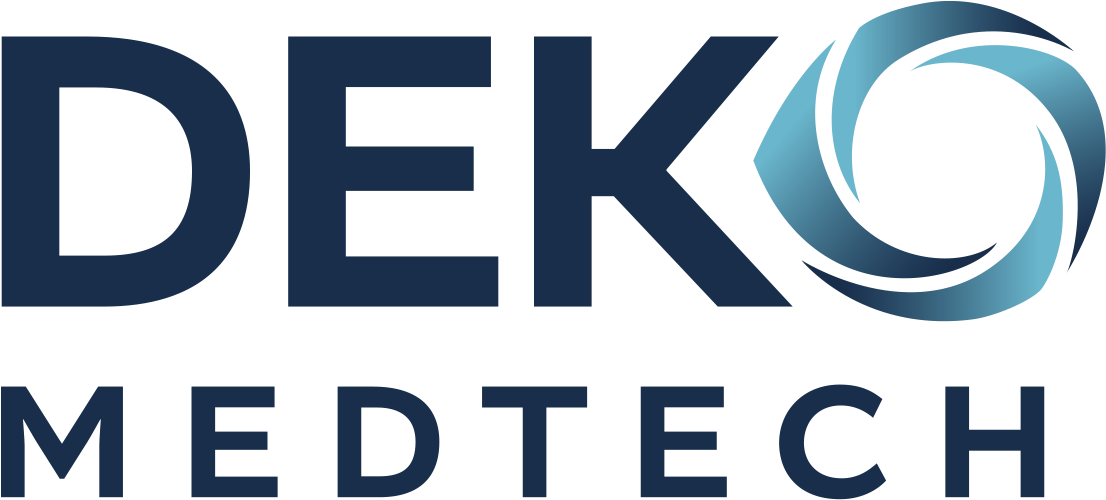The primary difference between manual and automatic disinfection lies in human involvement and consistency. Manual disinfection relies on staff to perform cleaning procedures by hand, whilst automatic systems use machines to deliver standardised disinfection processes. Automatic methods reduce manual handling risks, provide more consistent results, and often incorporate advanced technologies like thermal disinfection and freshwater recirculation systems that enhance infection control in healthcare settings.
Understanding disinfection methods in healthcare settings
Healthcare facilities face constant pressure to maintain the highest standards of infection control. The choice between manual and automatic disinfection approaches significantly impacts patient safety, staff workload, and operational efficiency.
Manual disinfection has traditionally formed the backbone of healthcare cleaning protocols. This approach requires trained staff to physically clean and disinfect equipment, surfaces, and medical instruments using approved chemicals and procedures. Whilst this method offers flexibility and immediate human oversight, it also introduces variables in technique, timing, and thoroughness.
Automatic disinfection systems represent a technological advancement in decontamination processes. These systems use programmed cycles, controlled temperatures, and precise chemical dosing to achieve consistent results. The shift towards automation addresses many challenges associated with manual processes, particularly in busy healthcare environments where consistency and efficiency are paramount.
What is manual disinfection and how does it work?
Manual disinfection involves healthcare staff physically cleaning and disinfecting equipment using hand-washing procedures and chemical disinfectants. This traditional approach requires direct human intervention at every step of the cleaning process.
The manual process typically begins with pre-cleaning to remove visible contamination, followed by washing with detergent solutions, rinsing, and applying disinfectant chemicals. Staff must follow specific protocols for contact times, ensuring disinfectants remain on surfaces for the required duration to achieve effective microbial kill rates.
Manual handling requirements include proper personal protective equipment, correct dilution of cleaning chemicals, and adherence to safety protocols. Healthcare workers must be trained in proper techniques, timing, and safety procedures. This approach allows for immediate assessment of cleaning effectiveness and flexibility to address unique contamination challenges.
However, manual methods introduce human factors that can affect consistency. Variations in technique, time pressures, and staff fatigue can impact the thoroughness of disinfection procedures, potentially compromising infection control standards.
How does automatic disinfection differ from manual methods?
Automatic disinfection systems eliminate much of the manual handling involved in traditional cleaning processes. These systems use programmed cycles that control temperature, time, chemical concentration, and water flow to achieve consistent disinfection results.
Advanced automated systems incorporate thermal disinfection processes that use precisely controlled hot water temperatures to achieve effective decontamination. Some systems feature innovative freshwater recirculation methods that optimise cleaning efficiency whilst conserving water resources.
The automation reduces human error by removing variables associated with manual techniques. Automated disinfector systems can process multiple items simultaneously, following standardised protocols that ensure consistent contact times and chemical concentrations.
Cabinet dryer systems often complement automatic washing processes, providing controlled drying environments that prevent recontamination. These integrated approaches create comprehensive decontamination solutions that require minimal staff intervention once items are loaded into the system.
Automatic washing systems also provide documentation capabilities, recording cycle parameters and completion status for quality assurance and regulatory compliance purposes.
Which disinfection method works better for healthcare facilities?
The effectiveness of disinfection methods depends on specific facility needs, but automatic systems generally provide superior consistency and efficiency for routine decontamination processes in healthcare environments.
| Aspect | Manual Disinfection | Automatic Disinfection |
|---|---|---|
| Consistency | Variable, depends on staff technique | Standardised, repeatable results |
| Labour Requirements | High staff involvement throughout | Minimal staff time after loading |
| Documentation | Manual record keeping required | Automatic cycle recording |
| Resource Usage | Variable chemical and water usage | Optimised resource conservation |
Automatic systems excel in sterile processing departments where large volumes of instruments require consistent decontamination. They ensure compliance with healthcare standards and regulatory requirements through validated processes and comprehensive documentation.
Manual methods remain valuable for immediate cleaning needs, delicate equipment requiring special handling, and situations where flexibility is more important than standardisation. Many facilities employ hybrid approaches, using automatic systems for routine processing whilst maintaining manual capabilities for specific requirements.
Resource conservation becomes increasingly important, and modern automatic systems often demonstrate superior efficiency in water and chemical usage compared to manual methods.
Making the right choice for your facility’s infection control needs
Selecting appropriate disinfection methods requires careful consideration of your facility’s specific requirements, patient safety protocols, and operational efficiency goals. The decision impacts both immediate cleaning effectiveness and long-term infection control success.
Consider your facility’s volume of items requiring decontamination, available staff resources, and the criticality of consistent results. High-volume facilities typically benefit from automatic systems that provide reliable, documented processes whilst freeing staff for other patient care activities.
Evaluate your current manual handling risks and the potential for human error in existing processes. Automatic systems significantly reduce these risks whilst providing the consistency required for regulatory compliance.
For facilities exploring advanced disinfection solutions, consider systems that incorporate innovative technologies like freshwater recirculation and thermal disinfection processes. These features enhance both cleaning effectiveness and resource efficiency.
We at DEKO MedTech specialise in automated washing and disinfection solutions designed specifically for healthcare environments. Our systems address the unique challenges of medical facilities through advanced water management, thermal disinfection processes, and precision-engineered equipment that meets stringent healthcare standards. If you’re ready to explore how automatic disinfection can enhance your facility’s infection control protocols, contact our team to discuss your specific requirements.
